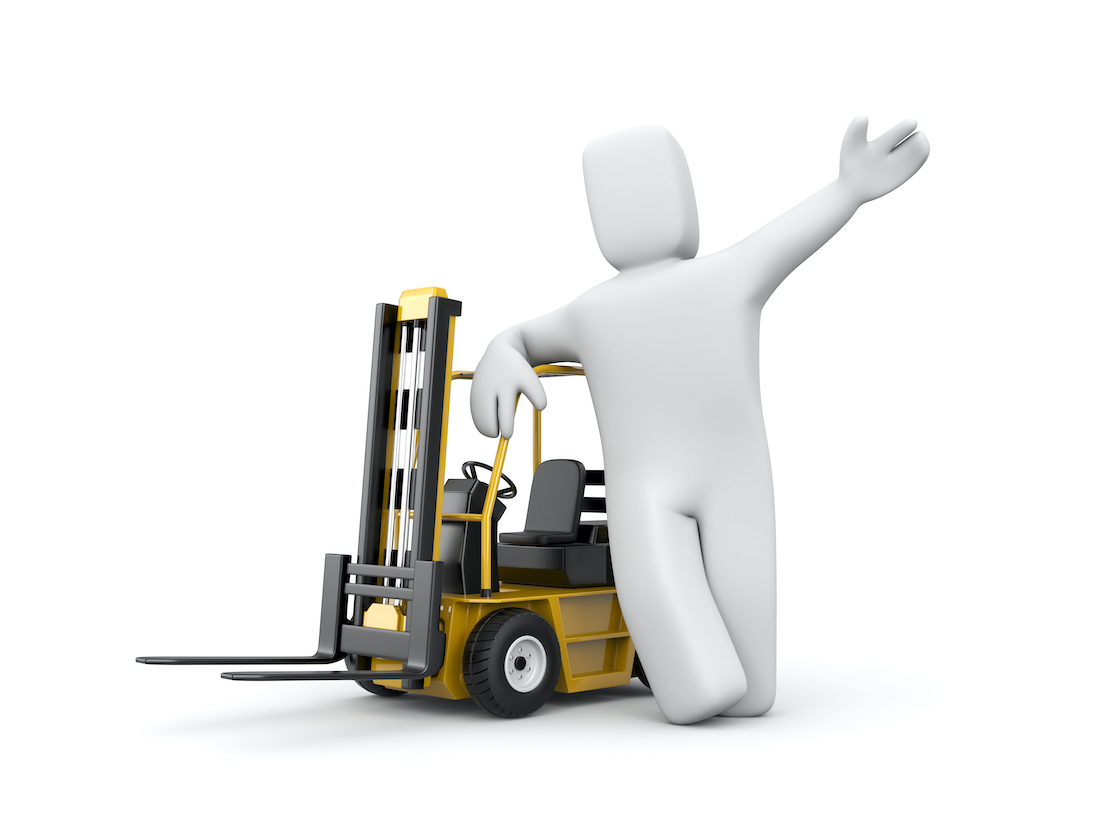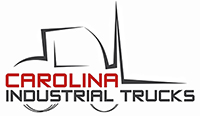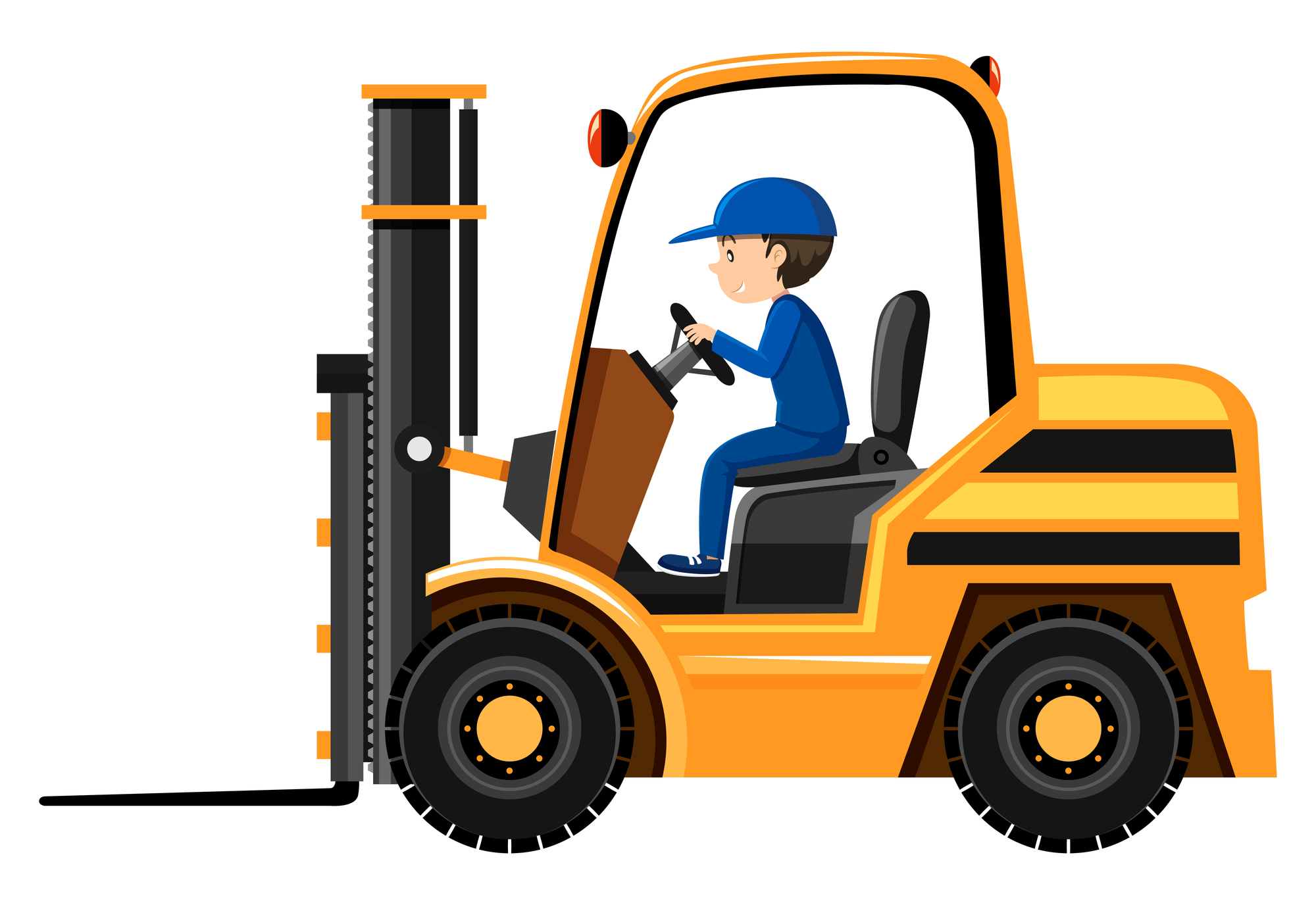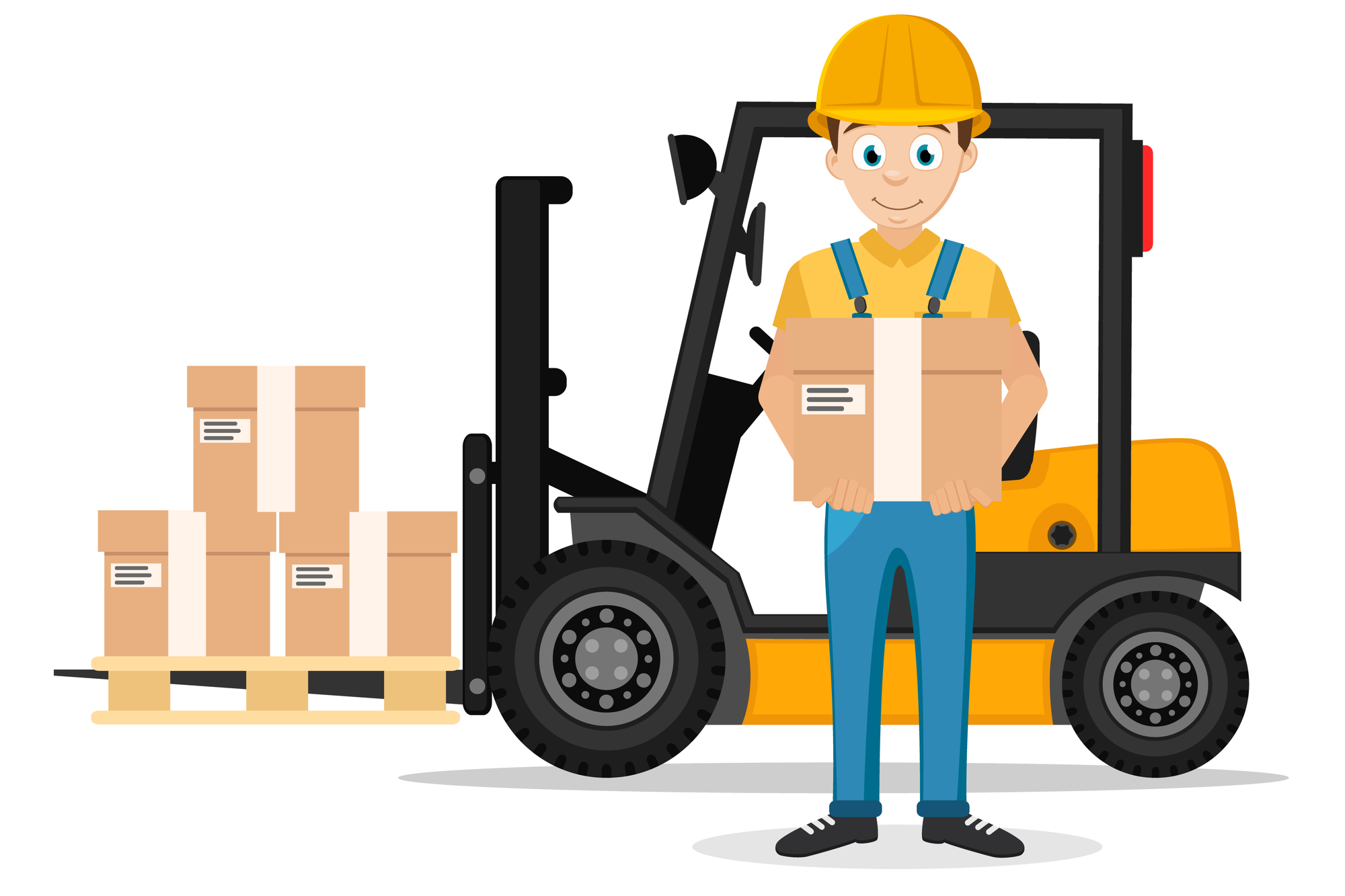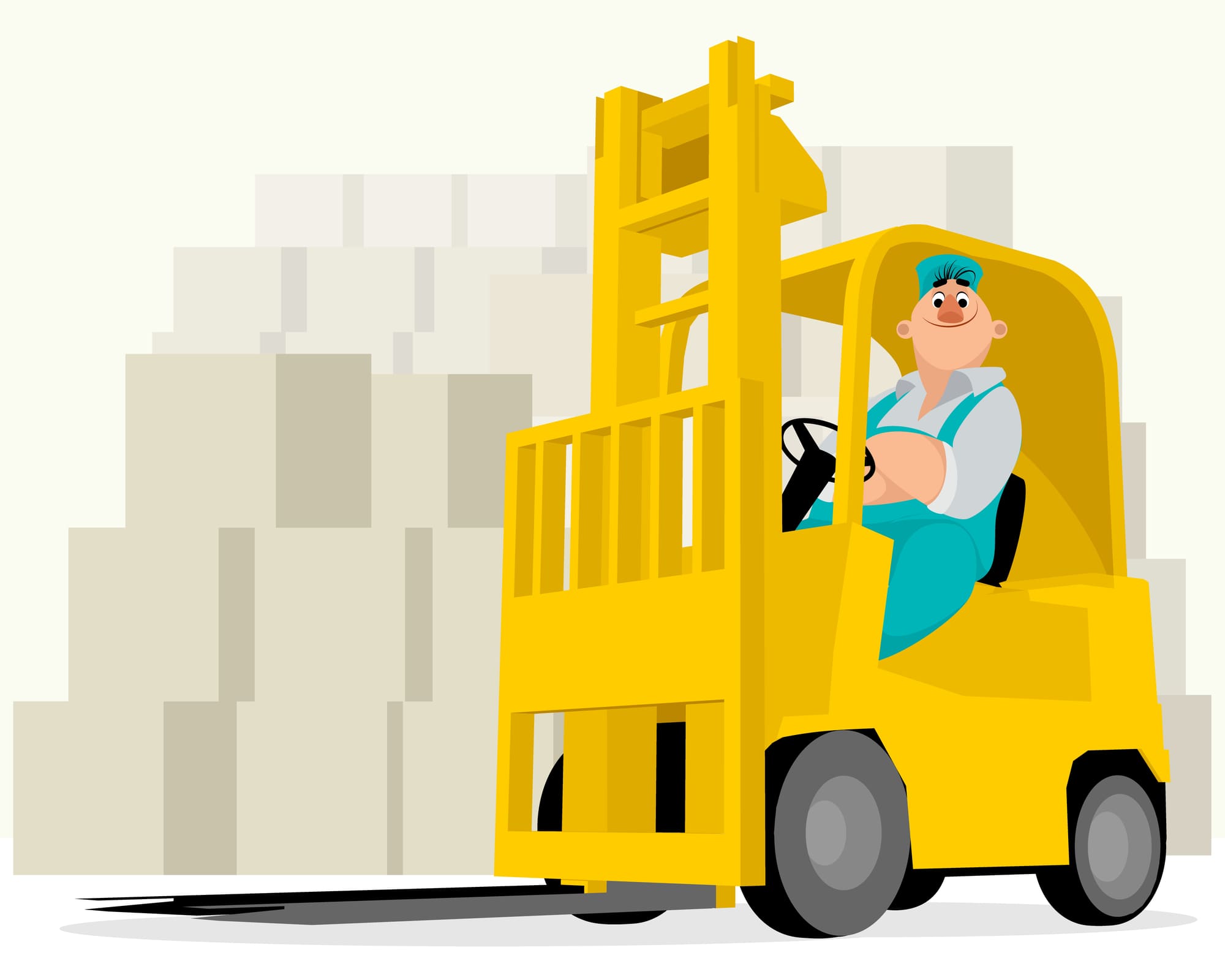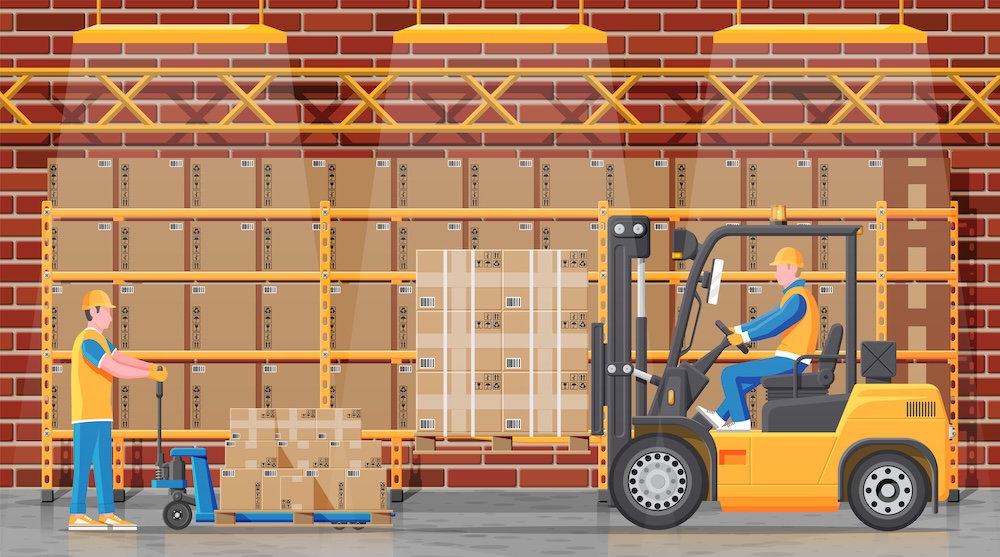How Important Is the Forklift Seat?
10/24/2019
CITrucks
Where you sit matters for work. In the field of construction and warehouse work, back problems are common among those doing heavy labor. But what about the guys behind the machines?
A damaged or worn out seat on your forklift can cause significant back pain and subsequent absenteeism. In fact, workers with back pain are absent an average of 4 days more each year, more than those without back pain.
The folks who spend the bulk of their days on a forklift seat are just as susceptible to back injuries as those lifting the goods in the warehouse. If you want to show your forklift operators you care, consider replacing their seats.
How Often to Replace Your Forklift Seat
Once you've determined you have the best forklift for your business, it's time to start looking at its components.
Forklift seats, like any other seat, wear down with basic, continual use. Even just standard use can speed up the breakdown of forklift seats.
To add to the problem, most forklifts do not have the luxury of shock absorbers, springs, struts, or anything to absorb the shock of bumps and continuous stop and starts. The forklift seat and its operator absorb the energy.
Because of this lack of shock absorption, you may need to replace your forklift seat as often as every couple of years, depending on usage. If you use the forklift regularly, or if your operators are on the larger side, your seat will break down faster.
Why Replace Your Forklift Seat?
Ultimately, a compromised seat will mean compromised production overall. No one wants to sit in a hard, broken-down seat. More than just discomfort, though, a bad seat could lead to long-term health problems.
Workers in corporate offices have discovered a problem called “dead-butt syndrome”, or, more clinically known as gluteal amnesia. Your glutes forget to fire when you do not use them regularly.
As a result, corporate office workers suffer from lower-back and bilateral back pain because their core just isn't supporting their bodies. Their butts are “dead”.
Forklift operators are just as susceptible to the same problems that could lead to absenteeism. They need seats that support their lumbar area and absorb shock.
Boost Productivity and Work Culture
When you take the time to evaluate the safety of your workers, you improve work culture. You show your company that you care about them. And people want to work for you.
When a worker has a comfortable seat, you limit the potential of injury downtime and boost productivity for your business. You also save money by not having to pay for compensation to an injured employee.
Your overall business costs go down, and you can continue to care well for your customers and employees because of the lower business cost and thus increased profit and revenue.
In the end, a damaged or worn out seat will cost you money. A good seat or simply replacing the old seat will help retain employees and even boost your reputation as a company that cares for its employees' overall health at work.
Forklift Seat Options
You have options as you look for a replacement seat.
1. The Exact Same Seat
If the first seat on the forklift worked well for you, why would you look for something different? Sometimes a good seat just wears out over time.
As an added bonus, if you order the same factory seat, you do not have to worry about making sure the seat fits. The bolt pattern to hook it in should match perfectly.
However, if you had problems with the first seat, then you should look at other options.
2. Comfort and Durability
If your first seat was not comfortable or durable, then look for something that is both of those things. If you found yourself or your operator with musculoskeletal problems, then look for something that will help the operator sustain the bumps and jolts of 8 hours a day on a forklift.
Consider if you need a higher or lower back. Also, look for a seat with lumbar support or more ergonomic design. Look at air suspension seats that save jarring on backs and hips as well.
If you have a basic, no-frills forklift, most likely you had a basic no-frills seat. Now you can look for something a bit more luxurious.
A new seat may cost more upfront, but in the end, it may end up saving you money. A forklift operator can operate the machine longer without subsequent health problems and absenteeism if he has a quality seat. Also, if your old seat caused back or hip pain, then you need a seat that will keep your employees healthy.
3. Poll Your Operators
No one knows best what works well in a seat as an operator does. So, if you're not the primary operator, take time to talk to your employees to see what they want in a forklift seat. Their answers may surprise you. They will mention things that never would have crossed your mind.
One More Consideration
Forklift seats are not universal. You will need to know the bolt pattern of your seat so that whatever seat you would like actually fits the machine.
Do not attempt to fabricate a replacement. Check your machine's settings, and then pick a seat that fits.
You're Sitting on Success
The greatest assets in your business are sitting on your seats. Take care of your forklift seat and show your employees that you care about them. Or just replace it for yourself so you can work a full day without pain.
Check out our website to learn more about us and the services we offer.
